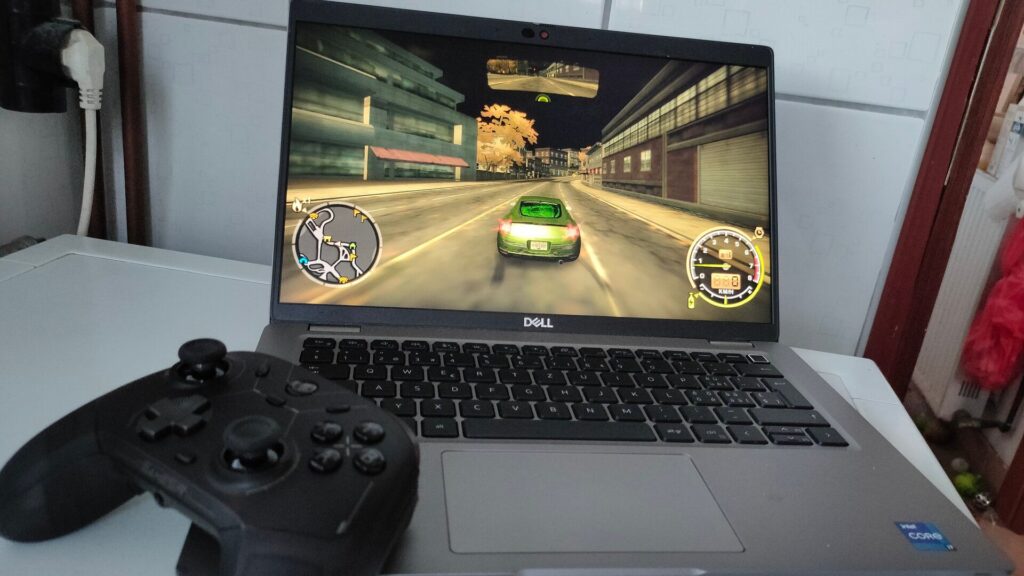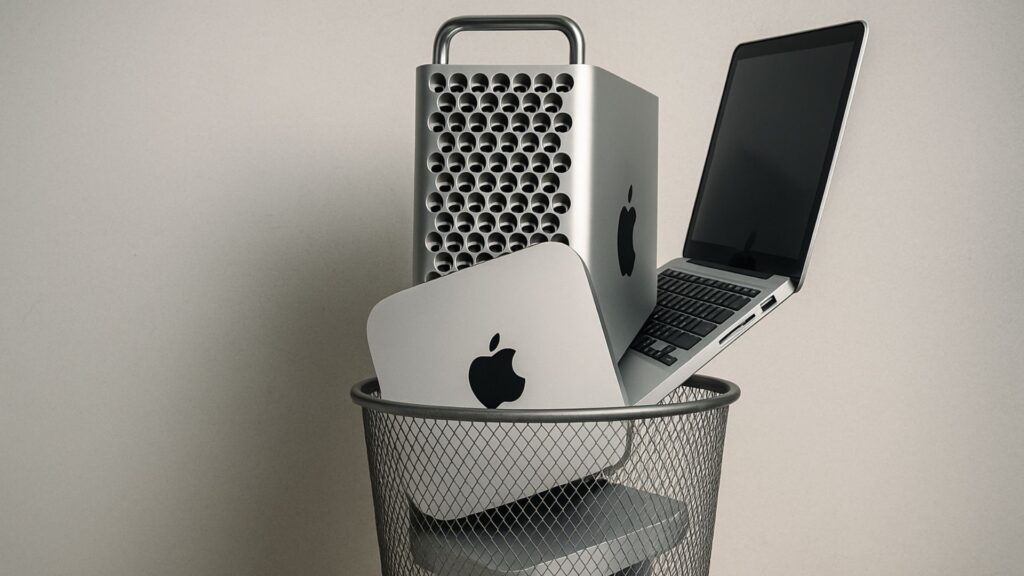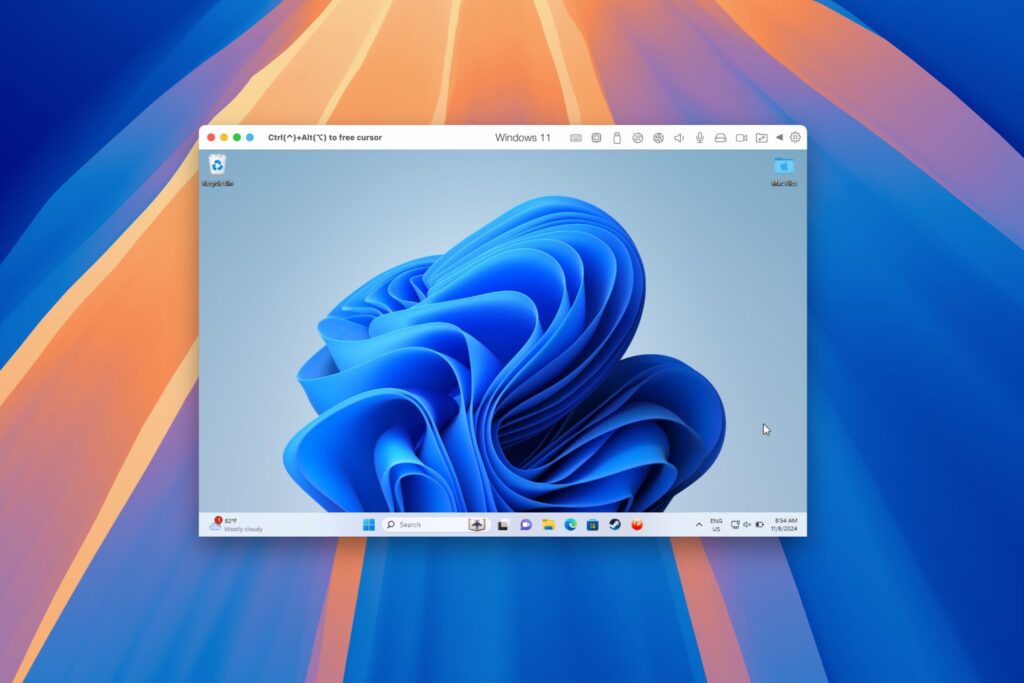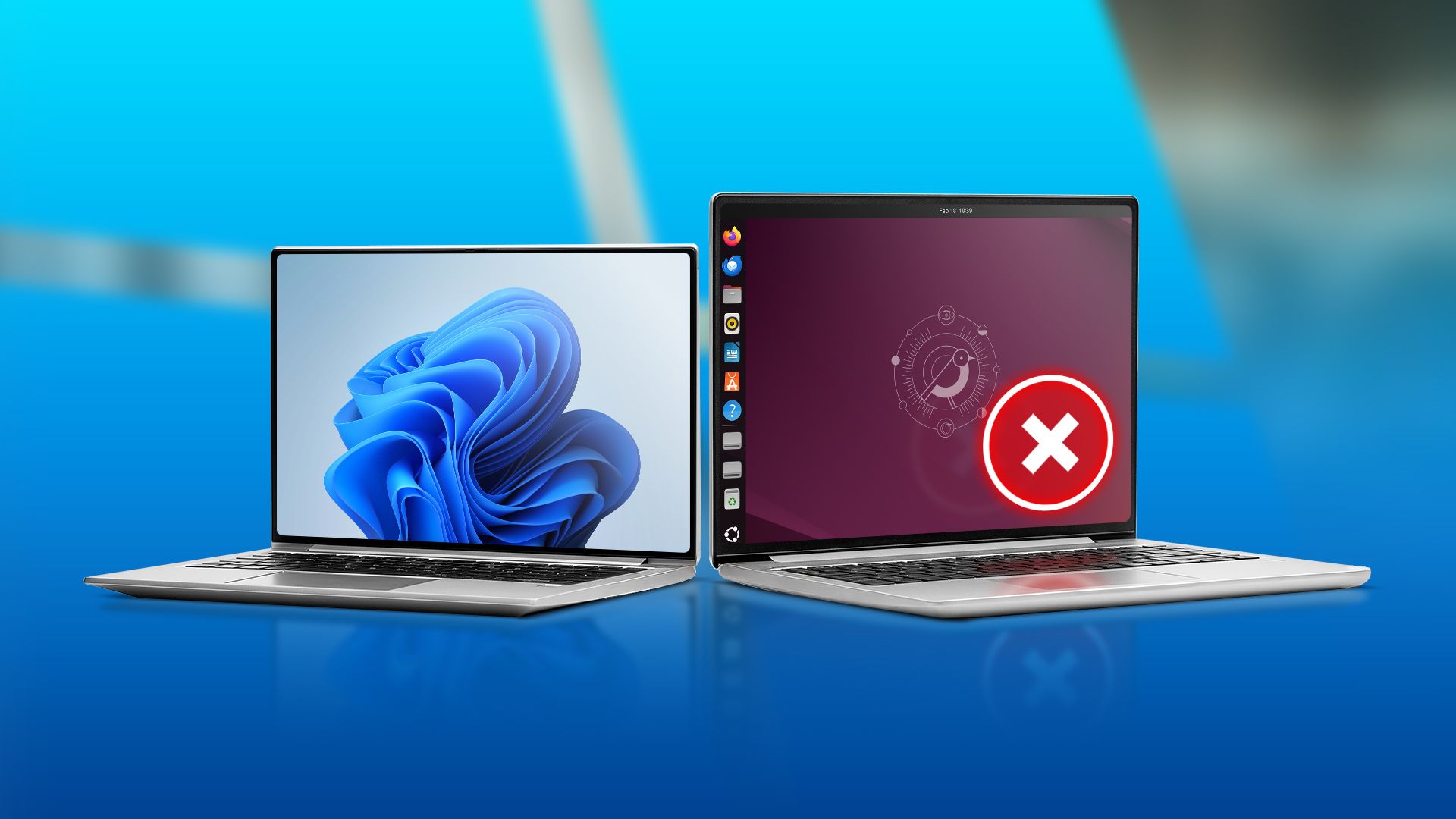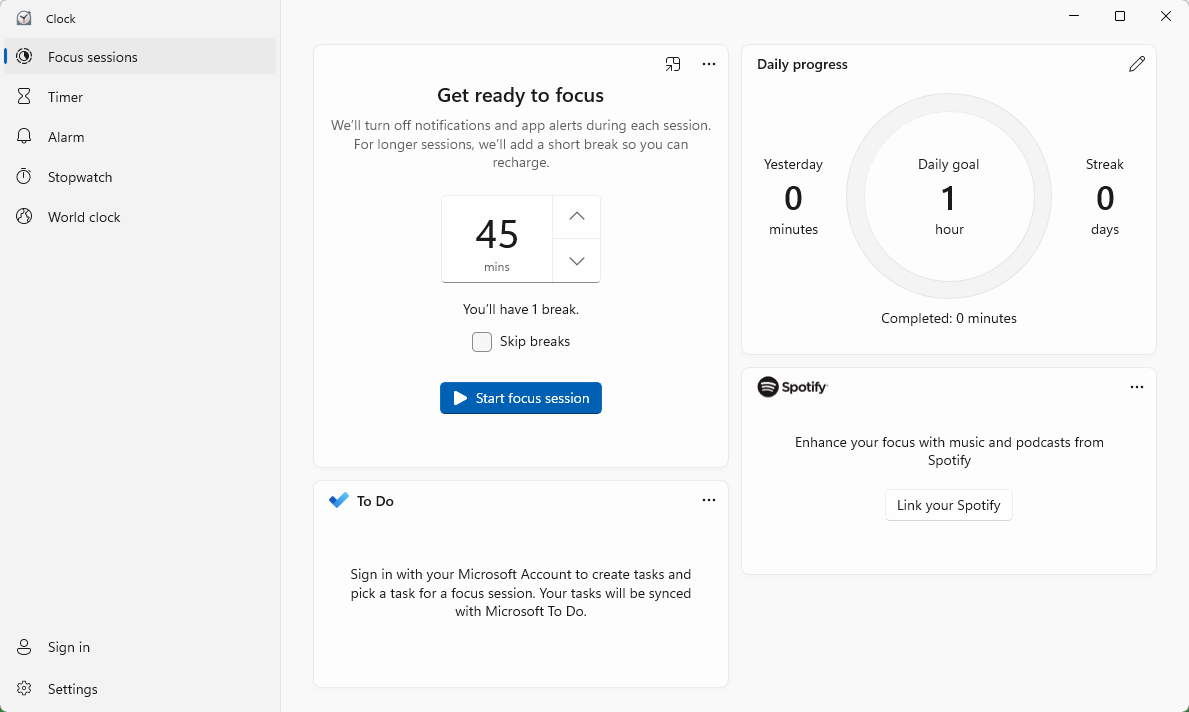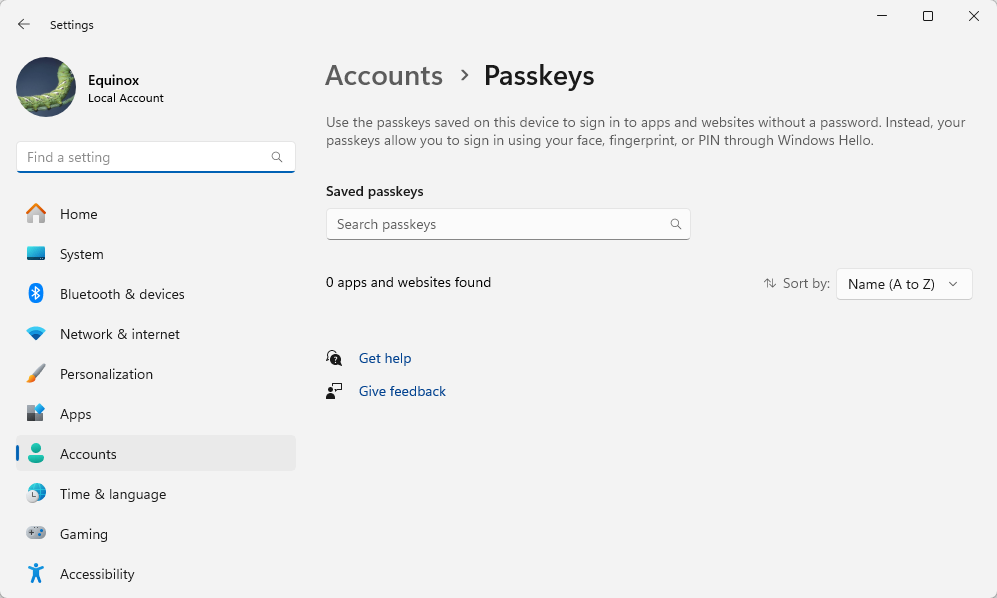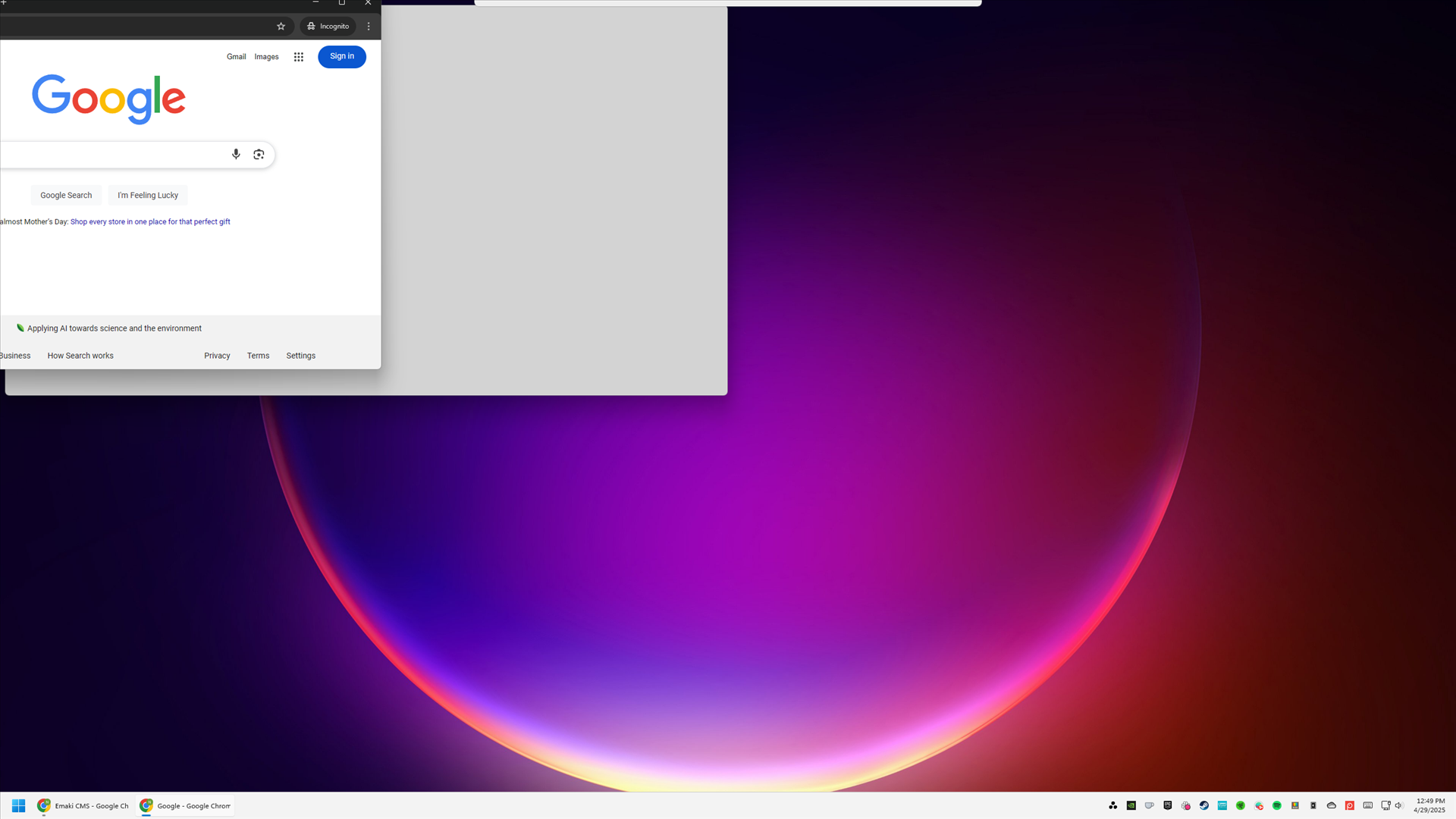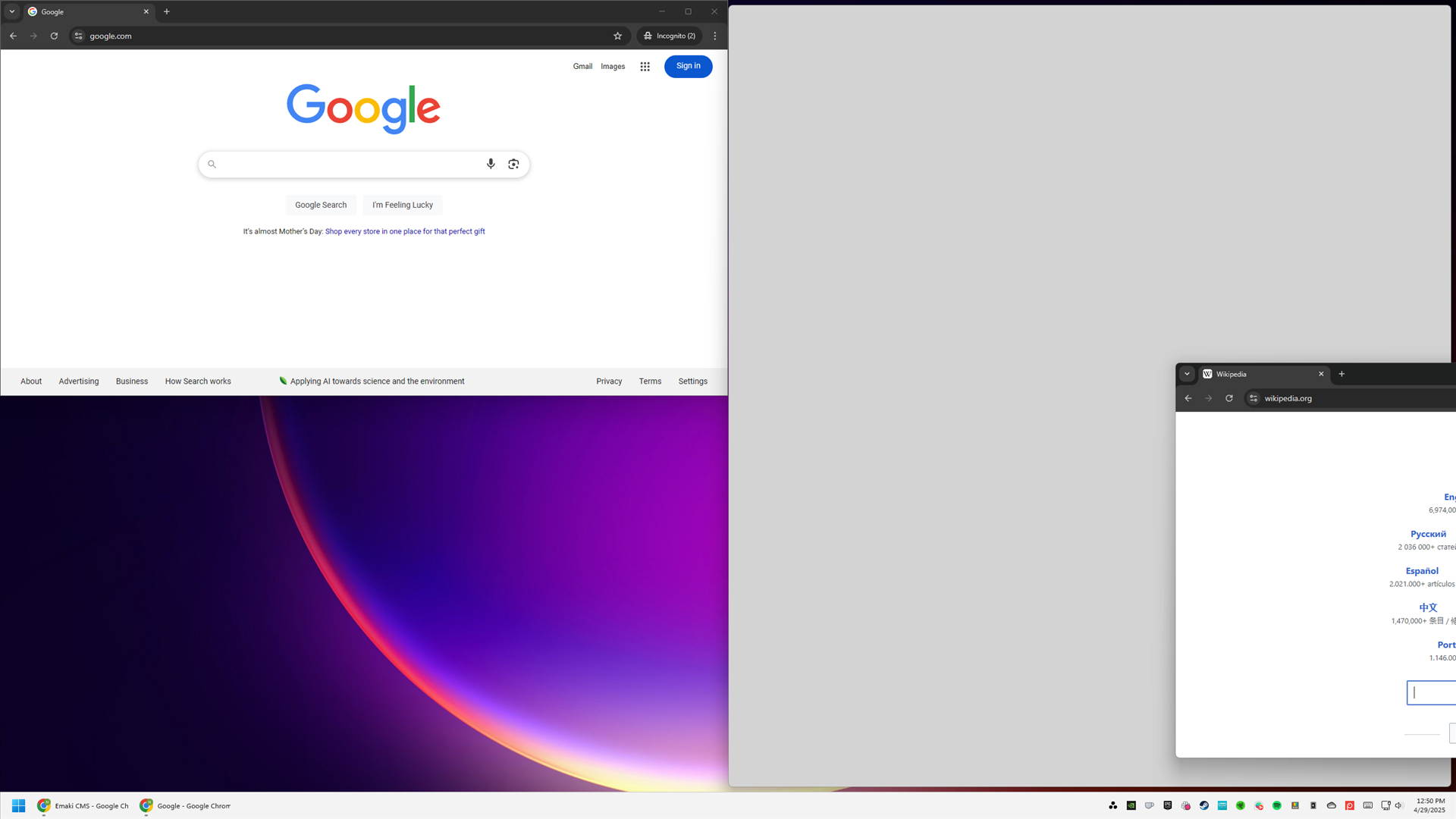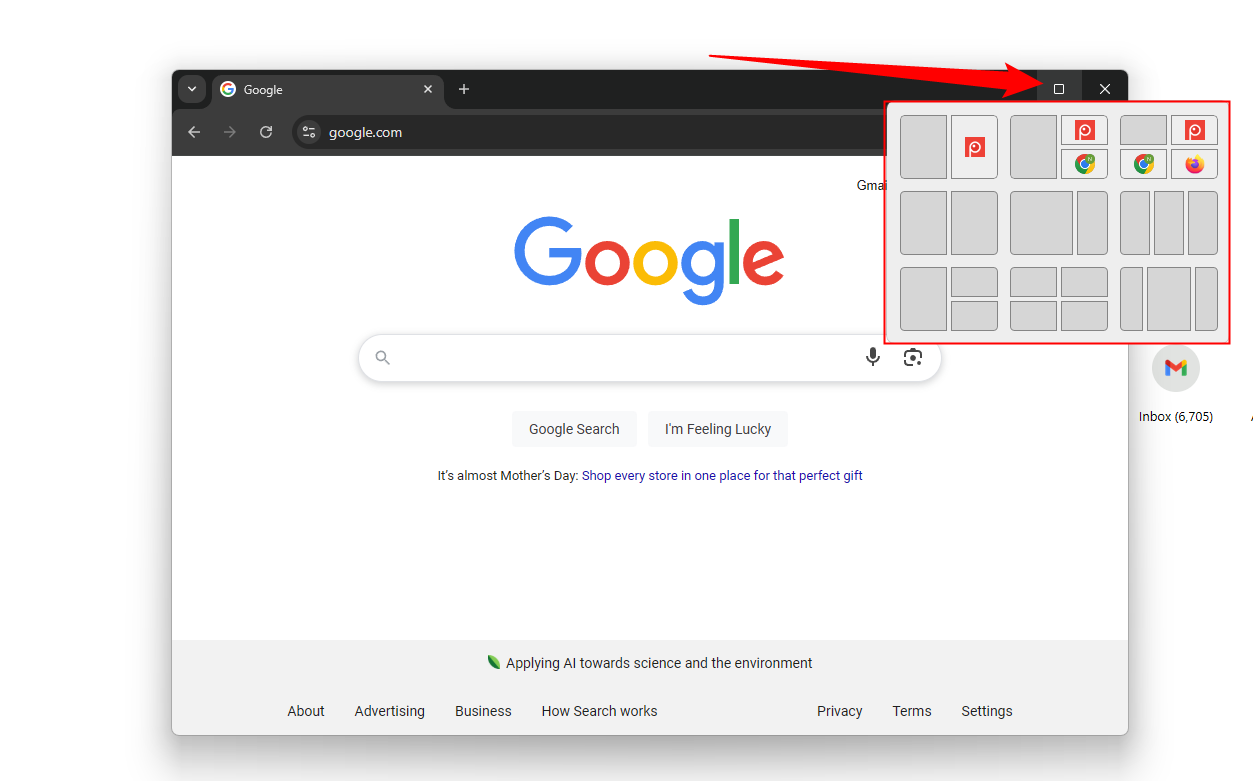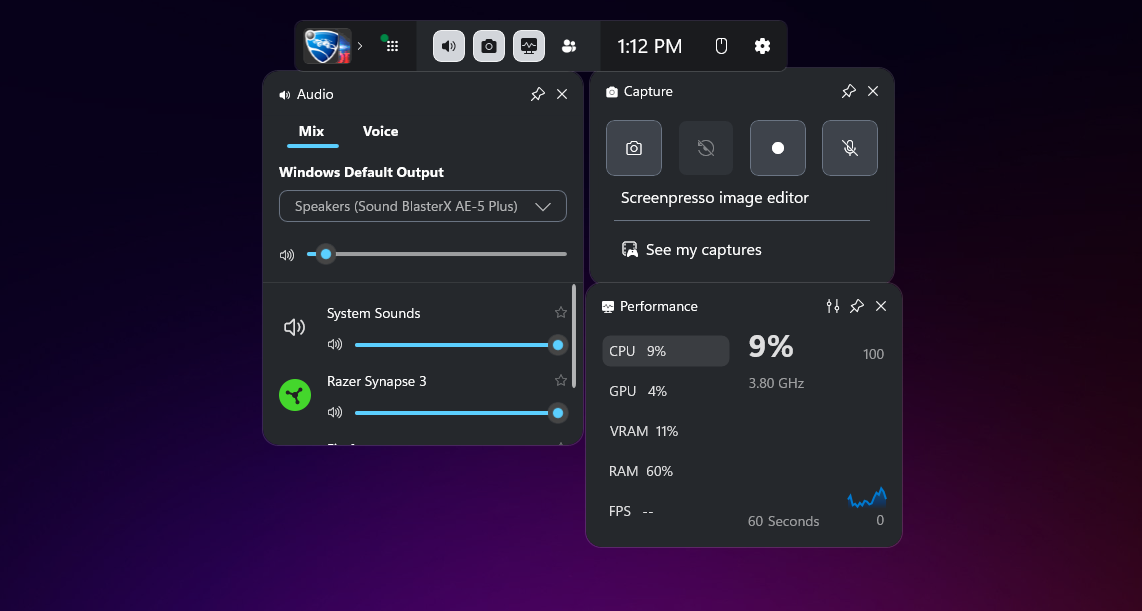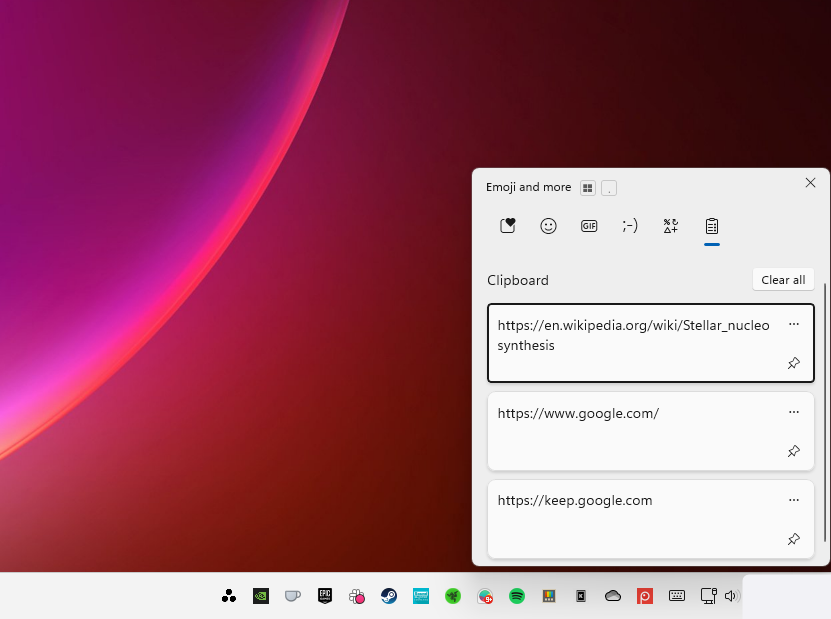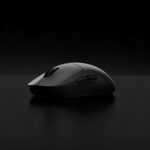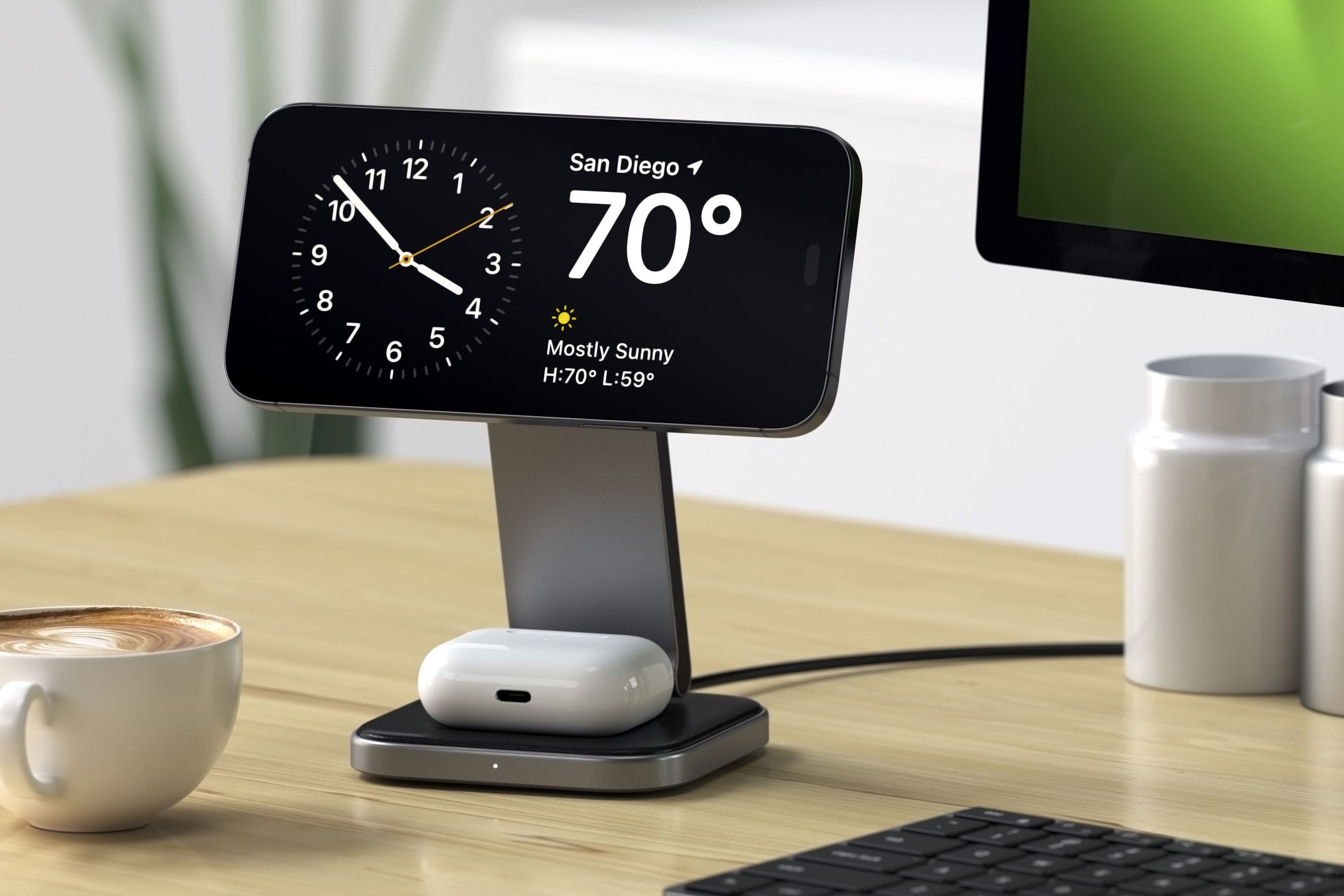5 Features Ubuntu Should Steal from Windows 11
No operating system is perfect, not even Ubuntu. Whether you’re interested in productivity or just ease of use, here are a few things that Ubuntu should steal from Windows to win the OS features arms race.
5
Windows’ Focus Sessions
If you work on computers, you know exactly how distracting it can be. The incessant stream of dings, beeps, flashing lights, and pop-ups can make it feel like you’re at a carnival rather than sitting at a computer.
Microsoft has done a good job implementing Focus Session on Windows, and it is something that Ubuntu should take inspiration from.
Focus Sessions enables Do Not Disturb (which blocks most notifications), disables Taskbar badges, and prevents the Taskbar icons from flashing.
It also lets you set a Pomodoro timer that will periodically remind you to take a break from whatever it is you’re working on.
You can also set goals, sync up your timer with your to-do list, and integrate Spotify, if you work better with music.
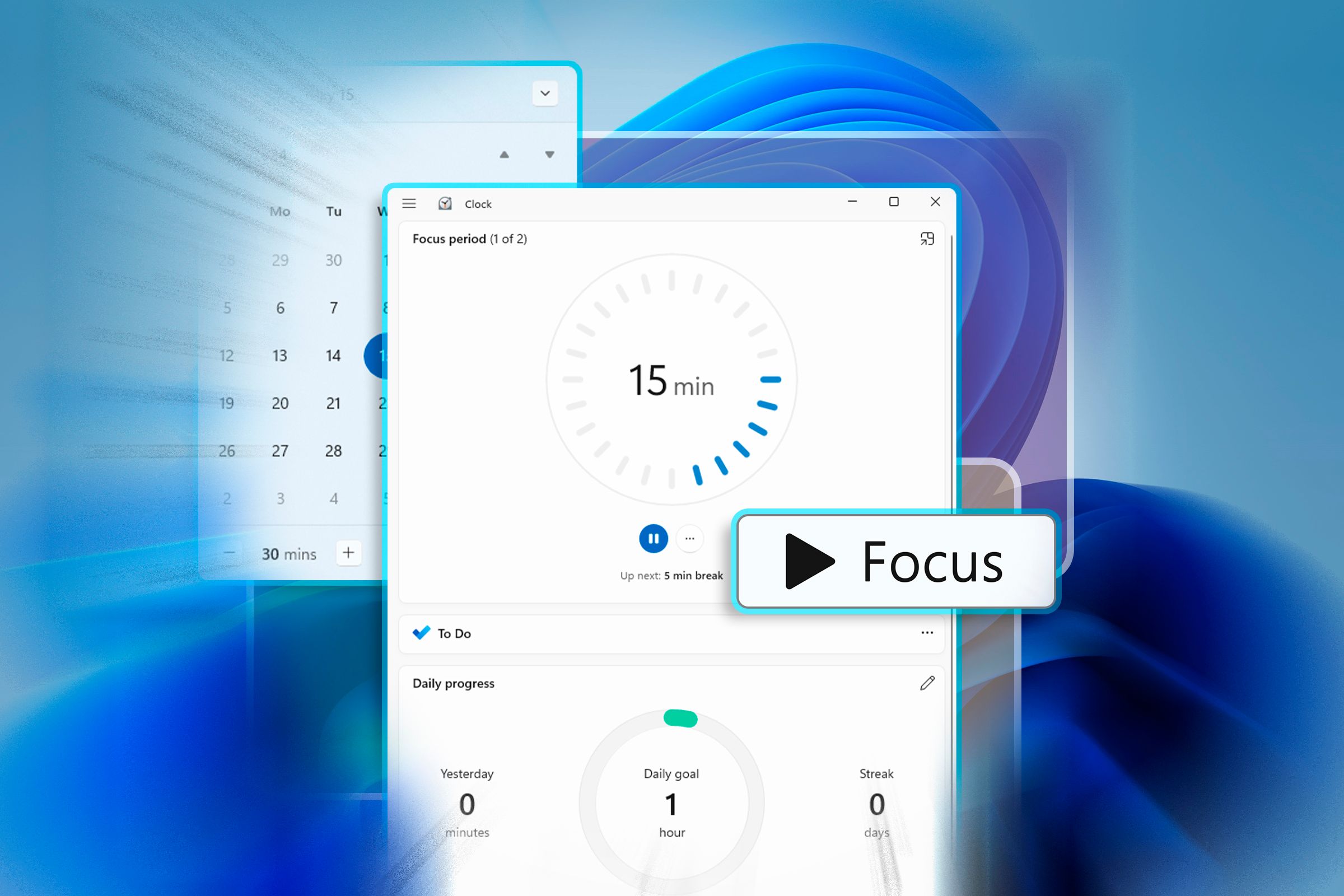
Windows 11’s Pomodoro Timer Helps With My Productivity, but it’s Not Perfect
Tired of constant dings, blinking lights, and popups? Need a reminder to take a break?
4
Passkey Support
Passkeys, which are a replacement (partially) for passwords, are going to become increasingly popular going forward.
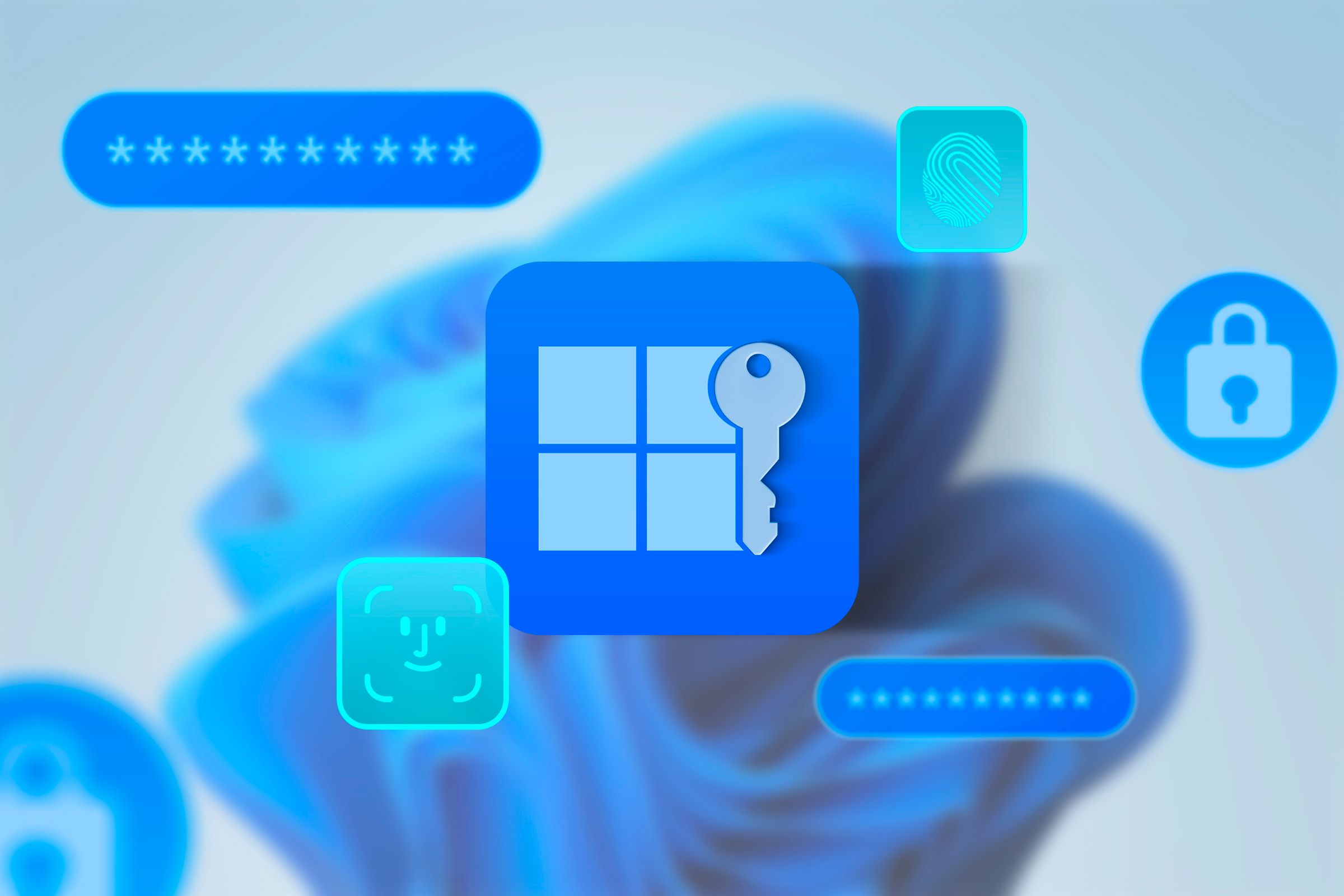
Related
Microsoft Wants to Replace Your Passwords With Passkeys, and They Might be Onto Something
You don’t have to say goodbye to your favorite password yet, but you might want to—passkeys have a lot to offer.
However, Ubuntu has no native way to handle them at all.
The integration in Windows is extremely simple. Once you’ve set up Windows Hello—a prerequisite for Passkeys on Windows—you’ll start seeing prompts to create a passkey whenever you visit a site that supports them. It even integrates with non-Edge browsers, like Firefox.
You can manage your passkeys by pressing Windows+i, then navigating to Accounts > Passkeys.
3
Advanced Window Snapping Options
It’s in the name—Windows. The Windows operating system’s window-snapping feature is fantastic, intuitive, and capable, especially on Windows 11.
As with most operating systems, you can drag a window to either side of the screen to snap it to the edge, but the variations don’t end there. If you drag a window to the corner of the screen, it’ll size the window to take up only one quarter of your screen.
From there, you can snap the rest of your windows to each take up one quarter of the screen, or fill one half with a tall window and fill the remaining corner with another smaller window.
If you hover over the maximize button (the square icon between the minimize and close buttons), you’ll see all the default window configurations available.
Ubuntu has basic window snapping, but it doesn’t work as seamlessly as the snapping in Windows.
PowerToys (software authored by Microsoft for Windows) also introduces a feature called “Fancy Zones” that increases your options even further.
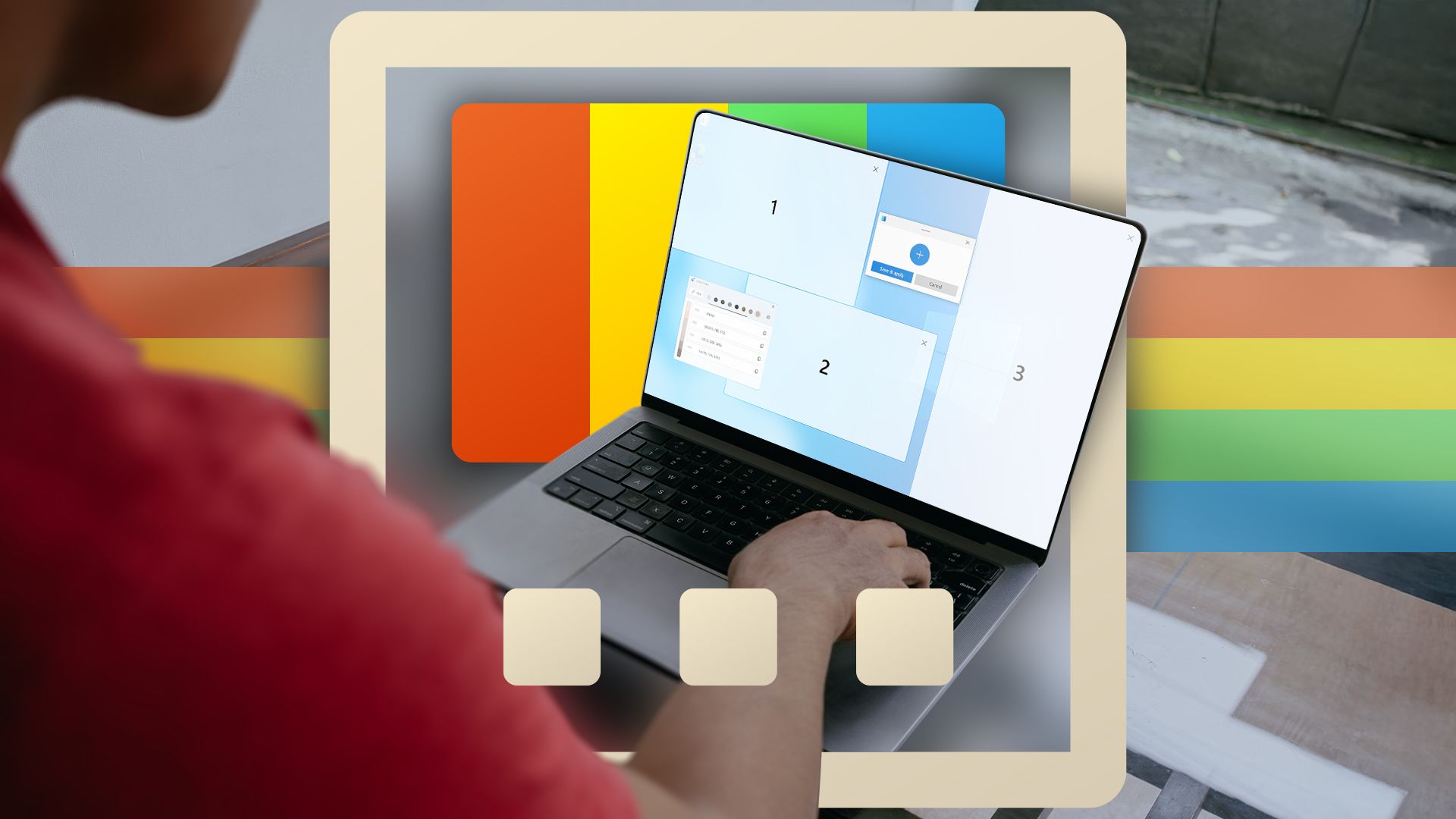
PowerToys Is the Ultimate Work From Home Companion App
Working from home can be a trade-off of conveniences. PowerToys lets you work from home smarter, not harder.
2
The Windows 11 Game Bar
The Game Bar present in Windows 11 brings together video and audio recording, plus the ability to take screenshots. It also has a refreshed UI, which is a definite improvement over the old version.
Game Bar isn’t exactly unique; other apps, like OBS Broadcaster Software, can do many of the same things.
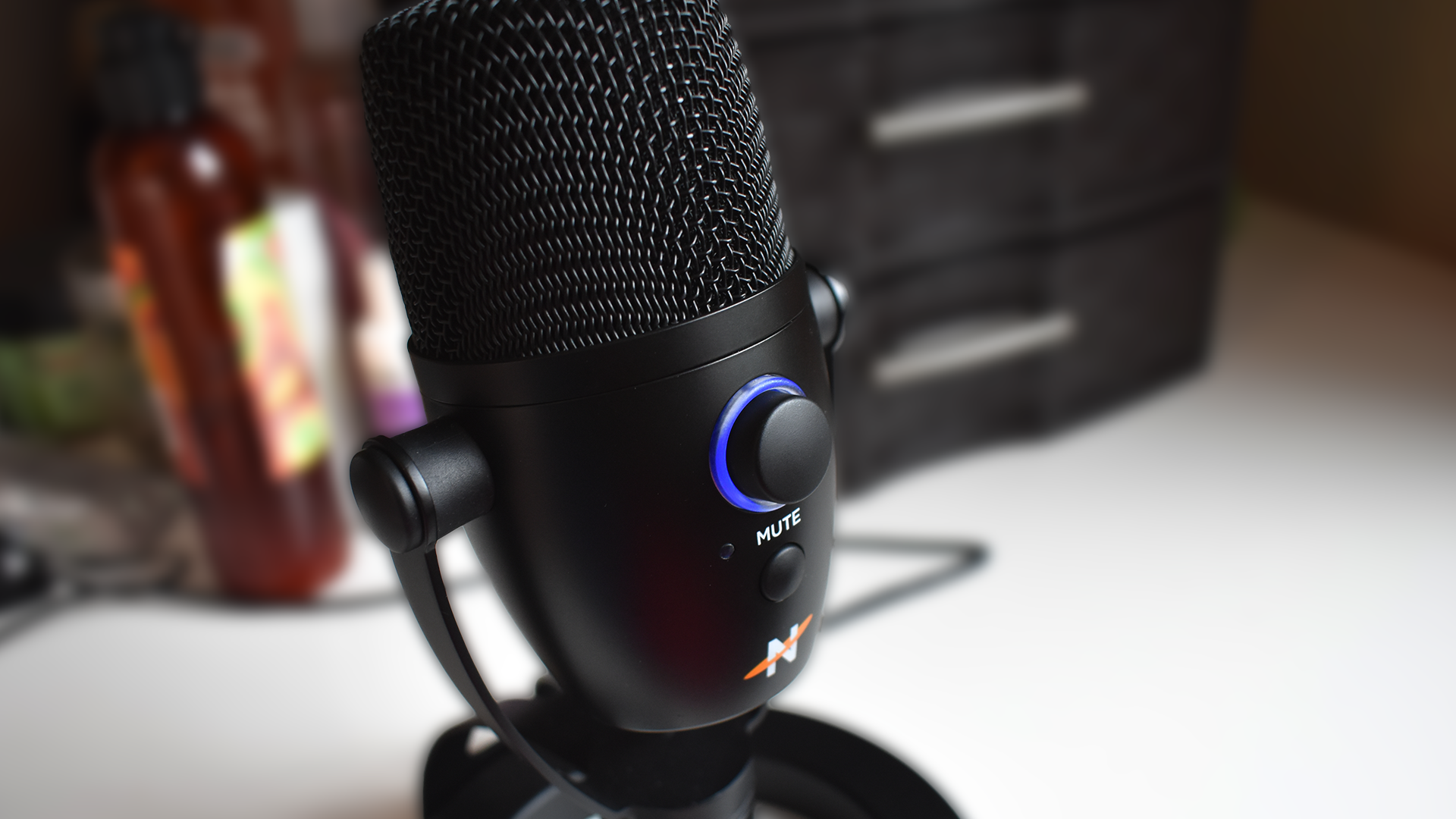
How to Install OBS Studio on Linux
Using Linux doesn’t mean saying goodbye to your favorite streaming software.
However, there is something extremely convenient about having it integrated directly into the operating system and located all in one place.
1
Clipboard History: Windows’ Underused Feature
Your clipboard is where everything you’ve copied is stored temporarily before you paste it elsewhere.
One of the best, most underutilized features in Windows is clipboard history. As the name suggests, clipboard history keeps a running log of the things you copy so that you can pull from it later. You can press Windows+V to open it. If it isn’t working, head to Settings > System > Clipboard to enable it.
It also stores the images you copy; not just text.
It doesn’t sound like it’d be a big deal, but during my normal workday, I use the feature dozens of times.
Copy-pasting is an essential part of every digital workflow, and Clipboard History is the little feature I’d miss the most if switched to Ubuntu permanently.
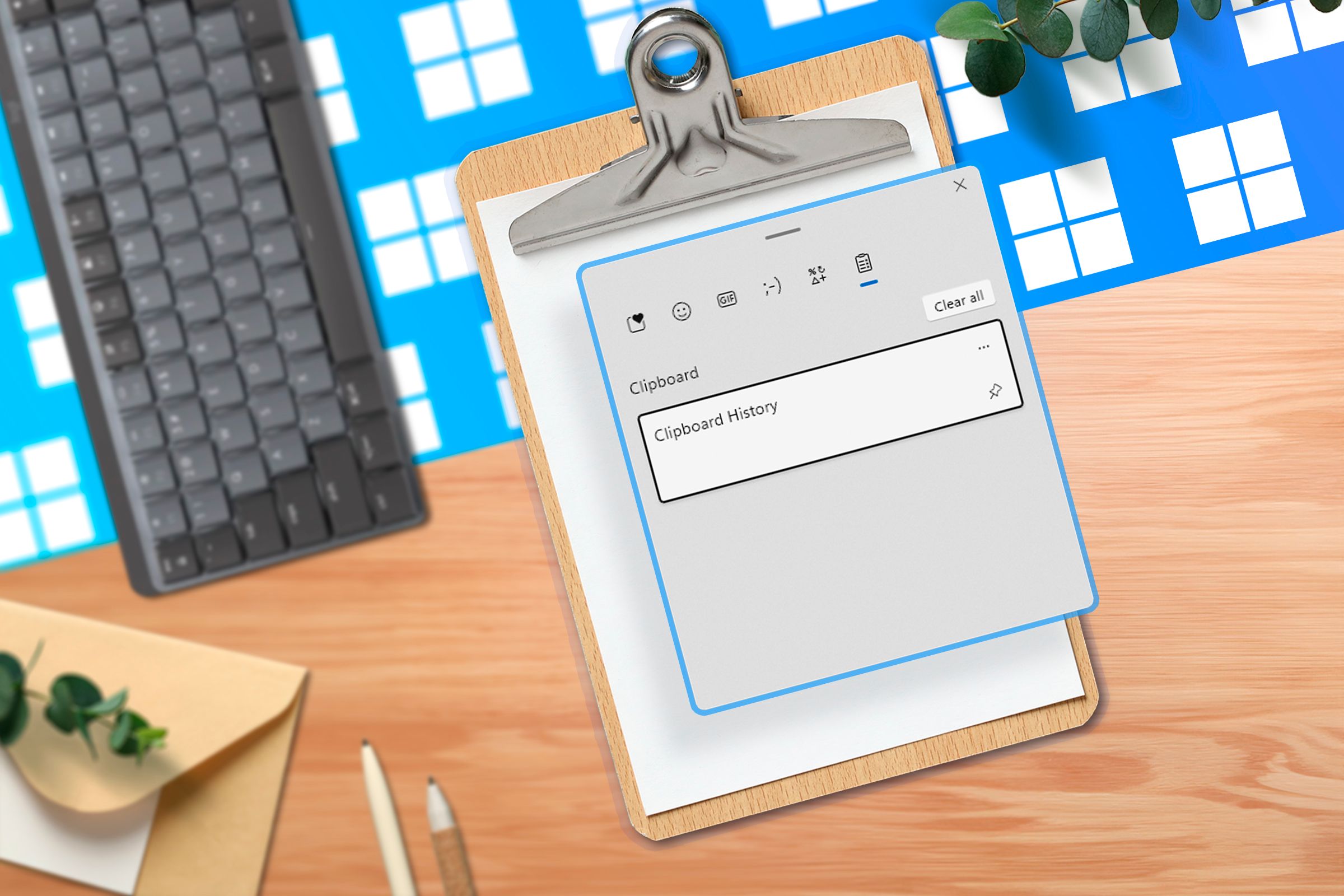
Clipboard History Is the Best Windows Feature You’re Probably Not Using
You don’t realize how useful a virtual clipboard is until you’ve used one.
None of these features are exactly groundbreaking. It isn’t like Ubuntu completely lacks huge, mission-critical features. However, when considering switching to another operating system, the little things make a big difference.





